Healthy soil means a healthier planet. The environmental benefits of soil testing go beyond plant health—they help reduce pollution and protect ecosystems.
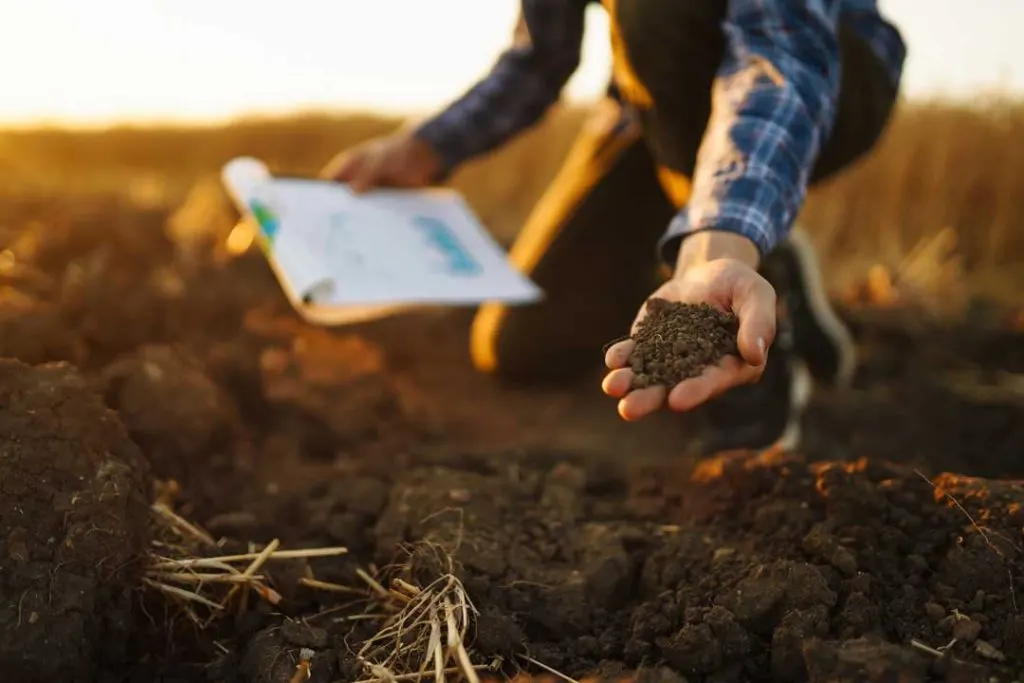
Healthy soil is the foundation of our ecosystem. Whether you’re growing crops on a farm, tending to a vibrant backyard garden, or advocating for sustainable practices, the health of your soil directly impacts the success of your efforts. But here’s the catch — soil isn’t static.
How Soil Testing Protects the Environment & Conserves Resources
Its nutrient composition, pH levels, and overall health change over time based on what we plant, how we manage the land, and even the weather.
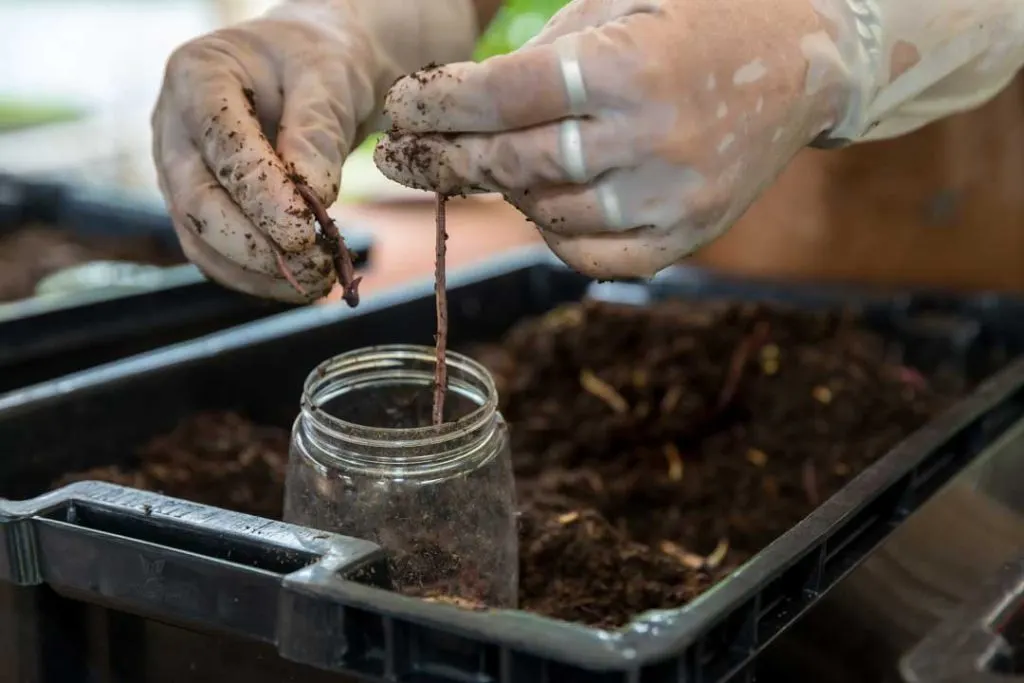
Enter soil testing. A simple yet powerful practice that goes beyond boosting plant productivity. Regular soil testing has profound environmental benefits, helping us grow smarter, waste less, and tread more lightly on the planet.
Curious? Keep reading to dig into why this practice matters for more than just your tomatoes.
What Is Soil Testing?
First off, what is soil testing? Simply put, it’s the process of analyzing the health of your soil. By collecting a small sample and sending it to a lab (or using an at-home testing kit), you can gain insights into the soil’s pH, nutrient levels (like nitrogen, phosphorus, and potassium), and organic matter. Some advanced tests even measure heavy metals, contamination levels, and soil texture.
The result? You have a clear snapshot of what your soil has — and more importantly, what it’s missing.
Why Should You Care About Regular Soil Testing?
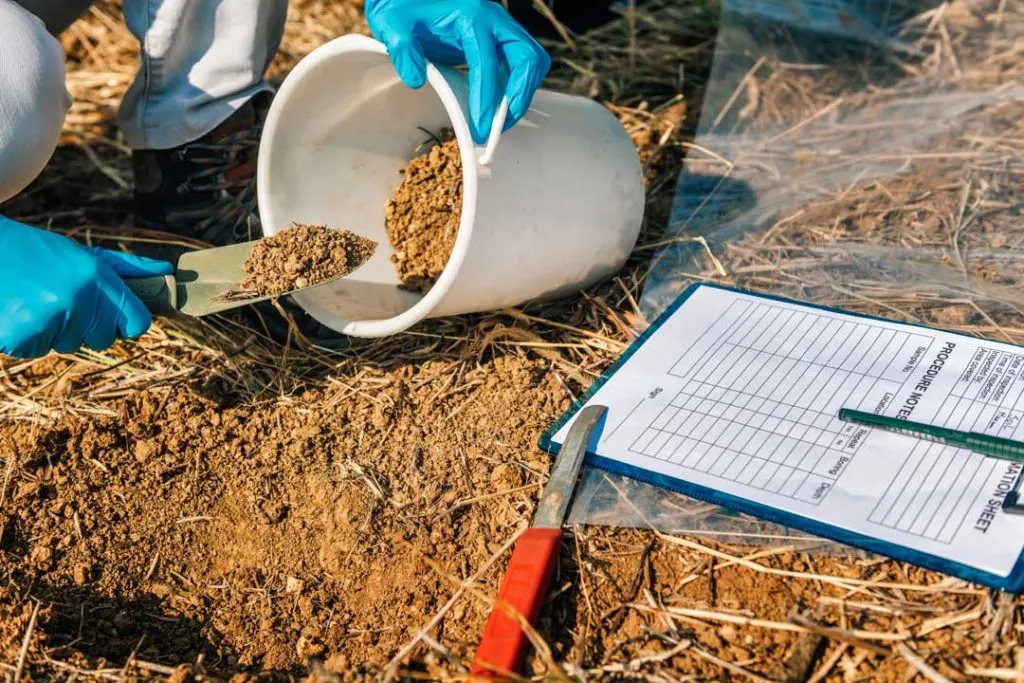
You may be tempted to wing it and throw some fertilizer on your soil, trusting your plants to “figure it out.” But this hit-or-miss approach isn’t always effective, and worse, it could harm the environment. Soil testing takes the guesswork out of soil care and delivers three key environmental benefits in the process:
1. Prevents Over-Fertilization
One of the most immediate results of soil testing is understanding whether your soil actually needs fertilizer — and in what quantity. Over-fertilizing soil is a common mistake that can lead to excess chemicals leaching into water systems. This runoff creates dead zones in rivers and oceans, where marine life struggles to thrive due to an overabundance of nutrients like nitrogen.
Regular soil testing helps you apply only what your soil needs, at the right amounts, significantly reducing harmful runoff.
2. Boosts Soil Conservation
Healthy, balanced soil is more resistant to erosion and degradation. When soil lacks proper nutrients or organic matter, it becomes loose and prone to washing or blowing away.
Regular soil testing ensures the land you manage remains fertile and stable, contributing to better soil conservation (and making those windswept dust clouds a thing of the past).
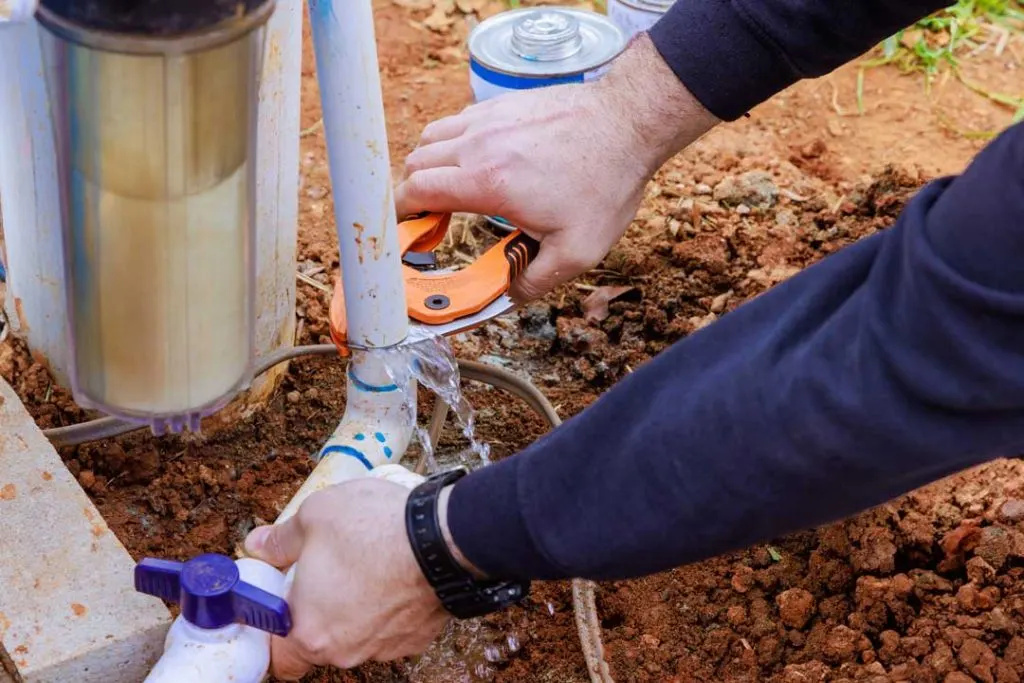
3. Encourages Smart Use of Natural Resources
Do you know how much water or compost your soil actually needs? Probably less than you think! Soil testing, usually done by professional companies like Soils Inc, tells you if your land has sufficient nutrients or is compacted, allowing you to fine-tune water usage and organic amendments.
Over time, this reduces resource waste and ensures you’re managing earth-friendly operations.
4. Lowers Greenhouse Gas Emissions
Nitrogen-rich fertilizers are a double-edged sword. While they lead to more lush growth, they also release nitrous oxide — a greenhouse gas that’s 300 times more potent than carbon dioxide — into the atmosphere.
Limiting excess fertilizer application after proper soil testing directly contributes to reducing harmful greenhouse gas emissions.
How to Start Testing Soil Regularly
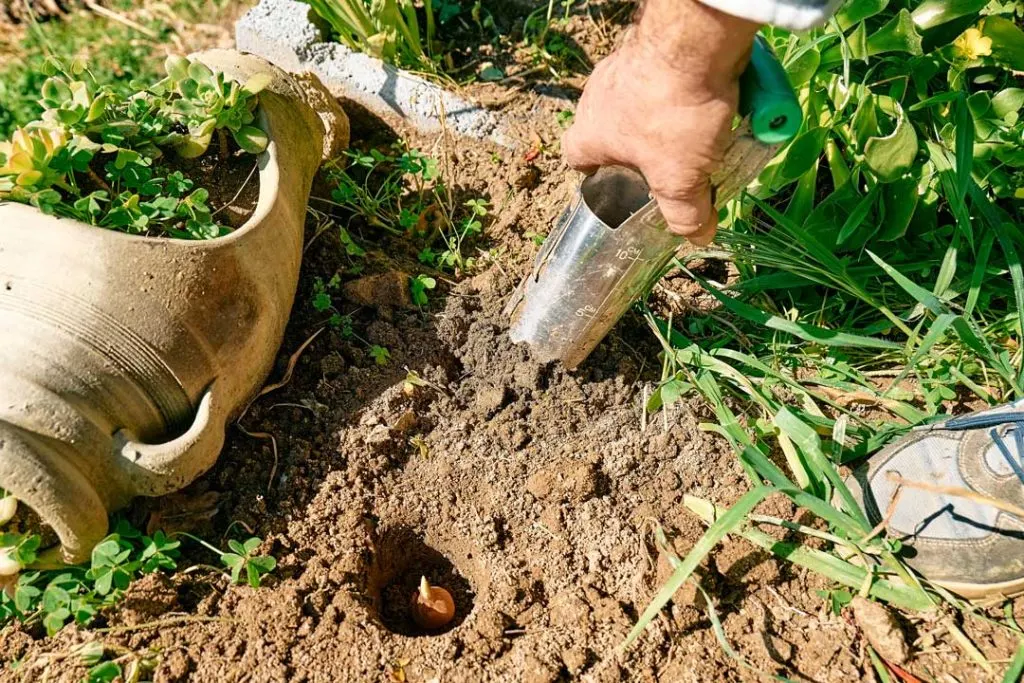
Feel inspired to test your soil but unsure where to begin? Follow these simple steps to get started and boost your environmental impact.
- Collect Your Sample: Using a clean spade, gather soil from multiple spots in your garden or field. Mix the samples together before placing them in a clean container for testing.
- Choose a Test: Opt for a professional lab test for detailed results or grab a DIY test kit if you’re looking for quicker insights into basics like pH and nutrient levels.
- Analyze the Results: Review the lab’s recommendations or kit’s findings, paying close attention to any deficiencies or imbalances flagged.
- Take Action: Adjust your fertilizer, compost, or watering practices based on the test results. Use organic solutions wherever possible to nurture soil health while minimizing harm to the environment.
Repeat testing every year or two, especially before planting or making major land-use changes, to stay ahead of soil degradation or nutrient imbalances.
A Healthier Planet, Starting in Your Soil
At the end of the day, soil testing isn’t just for farmers who want higher yields — it’s for all of us who care about a sustainable Earth. It’s for gardeners who want lush vegetables without damaging groundwater, for environmentalists working against the tide of climate change, and for anyone committed to thoughtful stewardship of this planet we call home.
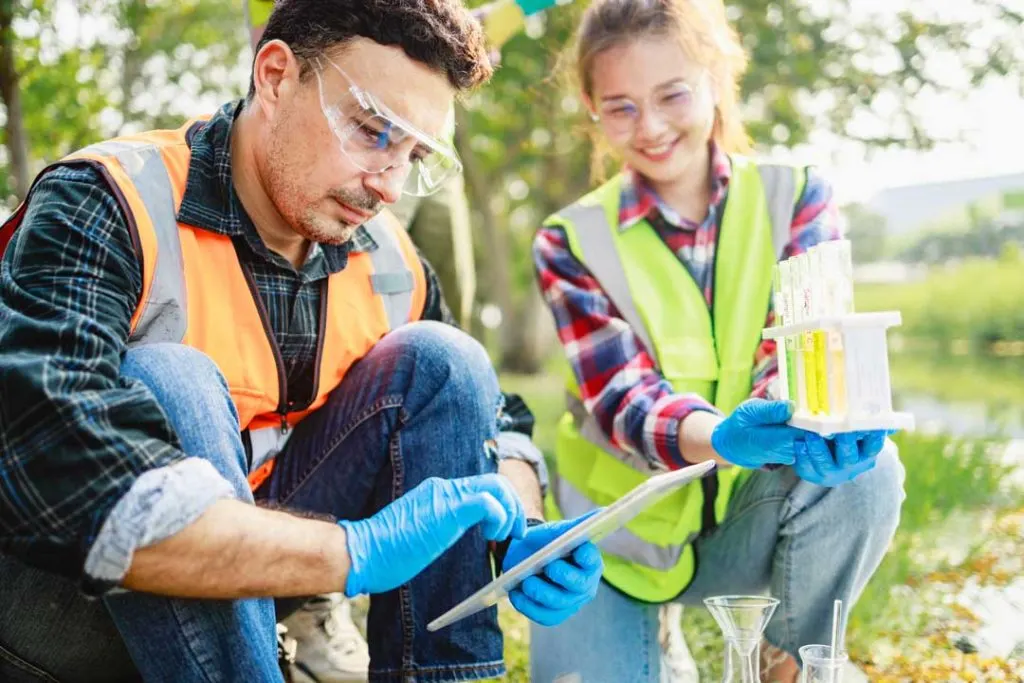
By knowing your soil’s health, you’re not just cultivating healthier plants; you’re contributing to cleaner water, stronger ecosystems, and a smaller carbon footprint.
If you haven’t tested your soil yet, now’s the time. The planet will thank you, and so will your flourishing plants.

Jessi is the creative mind behind The Coffee Mom, a popular blog that combines parenting advice, travel tips, and a love for all things Disney. As a trusted Disney influencer and passionate storyteller, Jessi’s authentic insights and relatable content resonate with readers worldwide.
